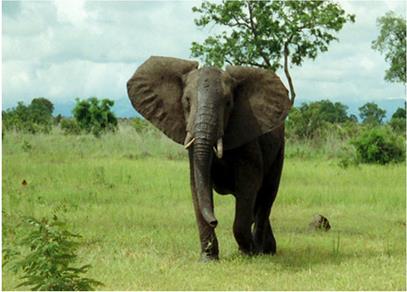
Moise Y Koffi
Hostos Community College, USA
Title: Flow structure in the vicinity of flapping elephants’ pinnae and thermal implications
Biography
Biography: Moise Y Koffi
Abstract
The study of the flow induced by rotationally oscillating surfaces has sparked scientific interest in recent decades due to its expanding applications to several areas. However, limited experimental data on such flows are found in previous work. The current study focuses on the flow originated by the flapping of elephants’ pinnae. Due to their large size, elephants produce tremendous metabolic heat. However, how they dissipate their heat has been disputed for decades. It is hypothesized that the flapping of their pinnae is the principal thermoregulatory mechanism for elephants. The present experimental and computational work investigates the flow structure in the vicinity of a flapping elephant pinna and analyzes its impact on the animal’s heat dissipation. Two models of elephant pinnae, one flexible and one rigid were fabricated and tested in the laboratory using flow visualization techniques with smoke particles. Small size J-types thermocouples were used to monitor the surface temperature of the pinna models over flapping cycles, while a constant heat flux was applied to both sides. A 3-D computational investigation of the flow and surface thermal characteristics in the vicinity of a pinna model was carried with fluent using the dynamic mesh method. Computer simulations and flow visualization results revealed the presence of a hook-shaped vortex at the edge of the moving pinnae. The time-dependent surface temperature of the pinna reaches an asymptotic profile at steady state. A significant interaction between the vortical structures shed off the edge and the pinna’s model's boundary layer was found from the flow visualization results, which leads to heat transfer enhancement. The cooling rate of the pinna is improved by 30% for the flexible model compared to the rigid one. In conclusion, elephants flap their pinnae for thermal comfort. Recommendations are made to consider this key information in elephants’ conservation

Recent Publications
1. Koffi M, Y Andreopoulos and L Jiji (2017) Heat transfer enhancement by induced vortices in the vicinity of a rotationally oscillating heated plate. International Journal of Heat and Mass Transfer 112:862-875.
2. Koffi M, Y Andreopoulos and L Jiji (2014) The role of pinnae flapping motion on elephant metabolic heat dissipation. Journal of Heat Transfer 136(10):101101.
